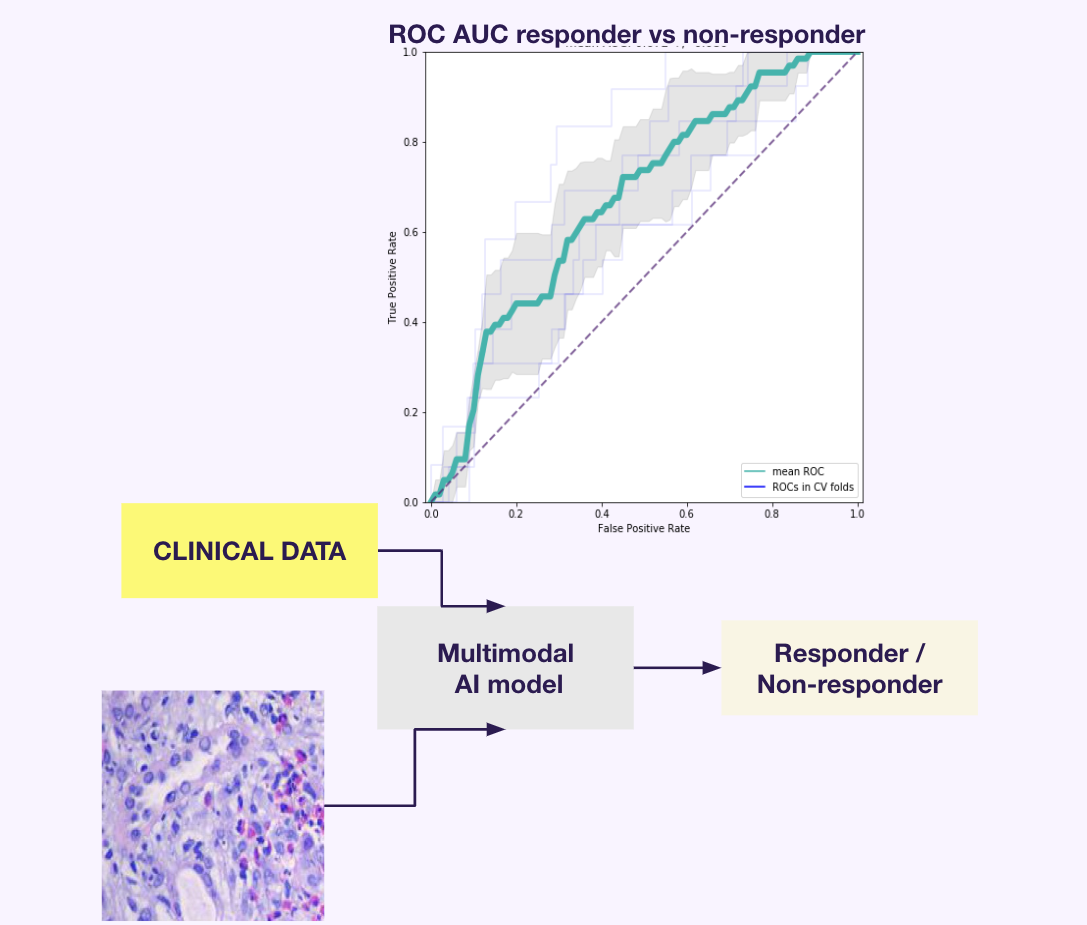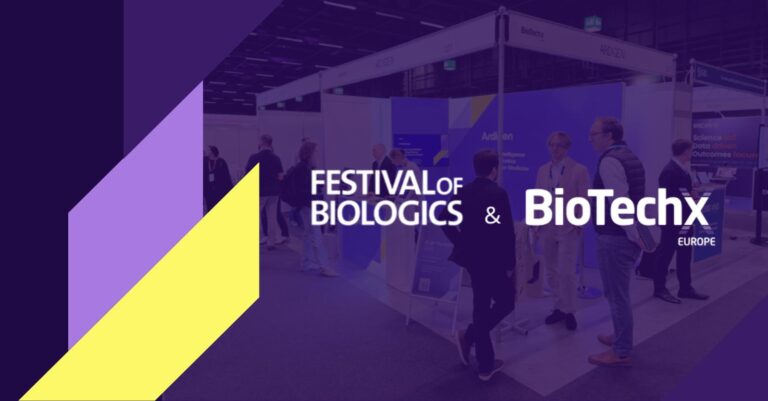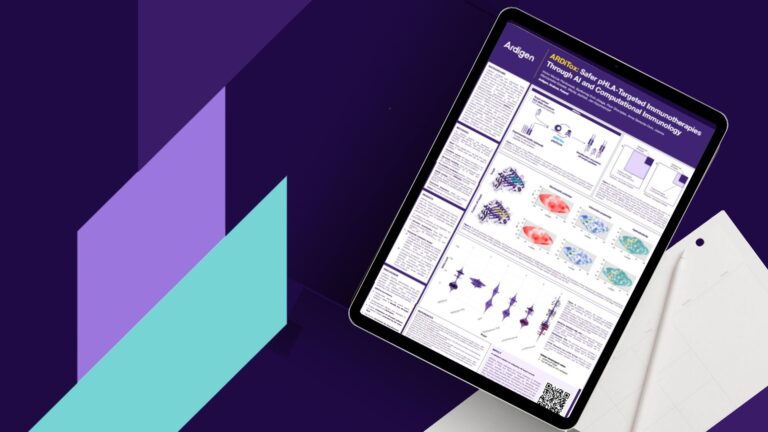Exploring multimodal AI for personalized medicine
In the pursuit of precision medicine, identifying treatment responders remains a challenge. By integrating multiple data sources—histology, clinical information, and AI—we can enhance predictive capabilities and drive better patient outcomes.
Challenge
The client needed a reliable approach to differentiate responders from non-responders using clinical and histology data. Ensuring fair validation and optimal data utilization was a key requirement.
Approach
- Explored multimodal AI fusion techniques.
- Designed a rigorous validation process with extensive patient stratification.
- Combined tissue morphology graphs, histology images, and clinical data.
- Applied various deep learning methodologies for accurate predictions.

Results
- Achieved over a 10% improvement in ROC AUC compared to the baseline model.
- Identified the most predictive data modalities for response differentiation.
- Ensured high reliability through a strict validation schema.
This AI-driven approach enables more effective patient stratification, improving treatment outcomes through precise responder identification.
Expert Contribution
The advanced multimodal AI fusion techniques and precise histology analysis showcased in this study are a testament to the expertise of Ardigen’s leadership, including Michał Warchoł, PhD, Executive Vice President and General Director of the Biomedical Imaging Unit. Dr. Warchoł’s deep knowledge in medical imaging, deep learning, and precision medicine is critical in developing solutions that transform complex data into actionable insights for patient stratification. His published work, including research on AI-driven molecular optimization and predicting protein levels in cancer, demonstrates his profound impact on the field. You can learn more about his professional background on his LinkedIn profile.
Further Reading from Ardigen’s Knowledge Hub
Explore more insights into multimodal AI, clinical data, and precision medicine:



